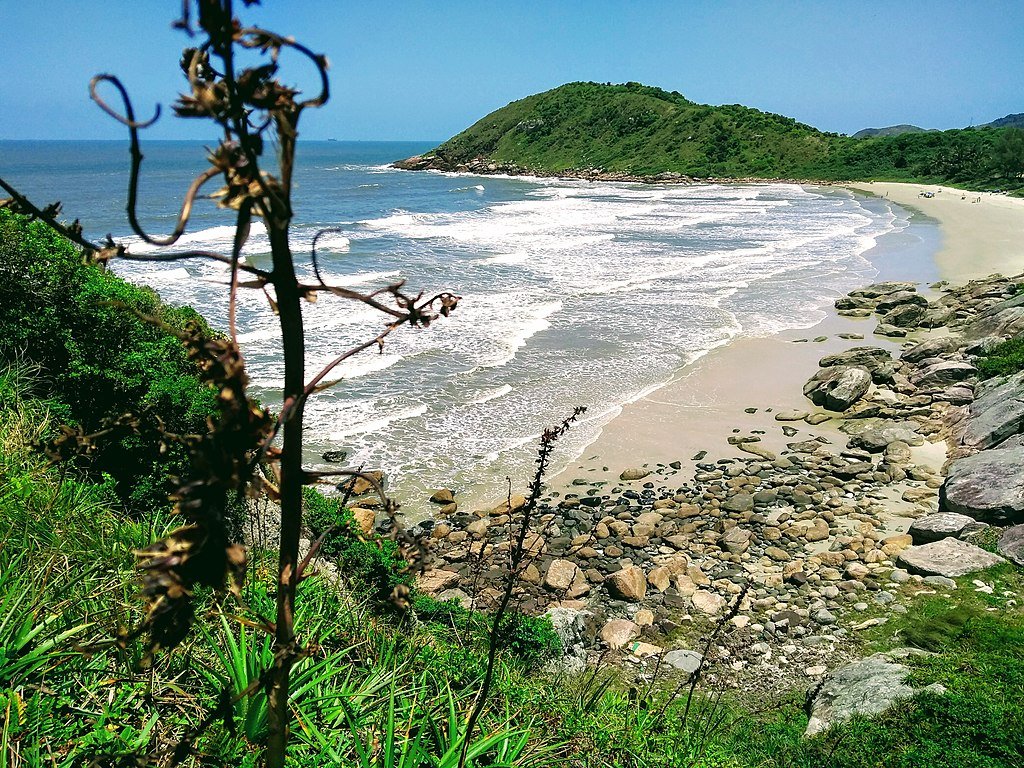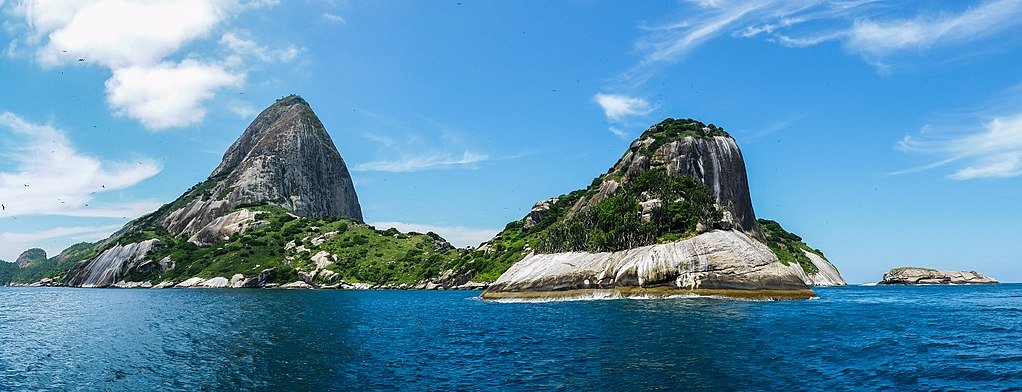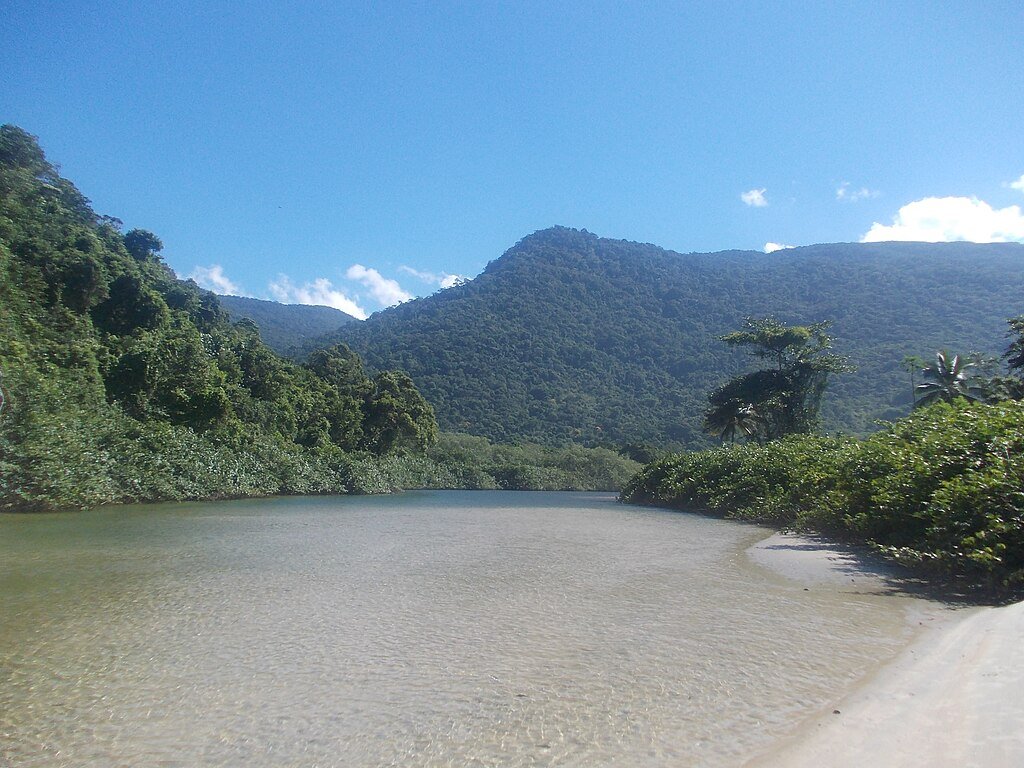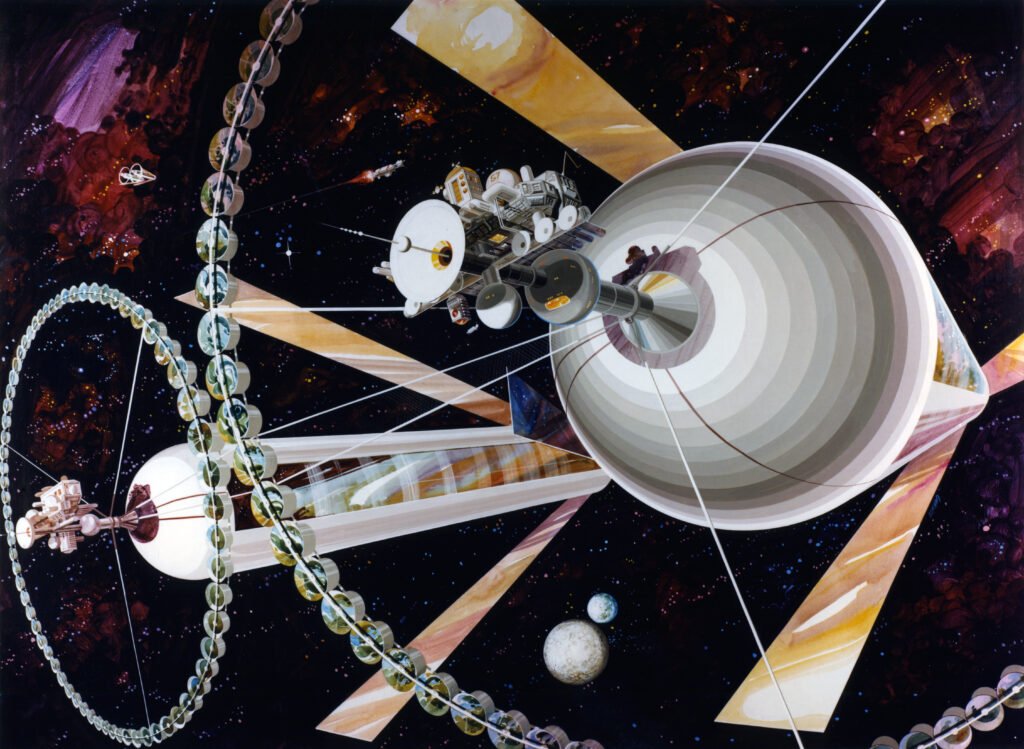Celebrated as havens of biodiversity, Brazil’s marine protected areas (MPAs) are under strict control meant to guard delicate ecosystems from human impact. Still, a novel study reveals a sneaky invader slipping past these defenses: microplastics. Little plastic particles have crept into even the most pristine, no-take reserves where fishing, tourism, and industrial activity are prohibited via wind and ocean currents. From the distant Atol das Rocas to the biodiverse Abrolhos Archipelago, researchers from Brazil and Australia using bivalve mollusks as sentinels discovered microplastics in every MPA examined. Published in Environmental Research, the results highlight a worldwide pollution crisis for which no refuge can hide and call immediate attention to how to safeguard these last havens of marine life.
The Invisible Invasion: How Microplastics Breach Protected Waters

Smaller than five-mm microplastics are the sneaky result of our plastic addiction. Their two sources are direct manufacturing (microbeads in cosmetics, industrial pellets) and the breakdown of bigger trash (bottles, bags, fishing nets). The study found these particles in every one of the ten Brazilian MPAs examined, including Fernando de Noronha, a UNESCO World Heritage. Remarkably, even the strictly off-limits biological reserve known as Atol das Rocas which is devoid of human visitors showcases pollution.
How do they get there? Ocean currents act as conveyor belts, transporting plastics from urban coasts and shipping lanes. Windborne microplastics, shed from synthetic textiles or degraded waste, can travel thousands of kilometers. “These particles don’t respect boundaries,” says Dr. Ítalo Braga, the study’s lead researcher. “A plastic bottle discarded in Santos can fragment into millions of pieces, eventually drifting into protected reefs.”
The Chemical Fingerprint: Paint, PET, and Teflon in Marine Sanctuaries

Chemical investigation turned up an alarming profile of the invaders:
- 28.1% alkyd polymers (used in boat paints and varnishes)
- 21% cellulose (possibly from paper waste or natural sources)
- 14% PET (from packaging and synthetic clothing)
- 12.3% PTFE (Teflon) (industrial coatings, non-stick products)
The predominance of alkyd resins suggests marine contamination probably from tourist boats or fishing vessels avoiding reserve boundaries. While PET fibers suggest laundry runoff, a single wash can release thousands of microfibers into streams. Most concerning? Unidentifiable over forty percent of the particles suggested unknown additives or broken-down molecules spreading toxins into the food chain.
Bivalves: The Unlikely Sentinels of a Plastic Crisis

The study relied on oysters and mussels nature’s pollution monitors. As filter feeders, they process up to 20 liters of water daily, trapping microplastics in their gills and soft tissues. “They’re like living water-quality sensors,” explains Braga. The results showed an average of 0.42 particles per gram of tissue, with hotspots like Alcatrazes Wildlife Refuge nearly doubling that rate.
While these levels are lower than in urbanized areas (Santos’ waters are 60 times more contaminated), even minimal exposure risks cascading effects. Microplastics can block digestive tracts, reduce fertility, and accumulate up the food chain potentially reaching humans who consume seafood.
The Global Paradox: Protected But Not Immune

MPAs are vital for conservation, but this study underscores their limitations against transnational pollution. The Alcatrazes Archipelago, despite strict protections, had the highest contamination likely due to its proximity to São Paulo’s industrial ports. Conversely, Atol das Rocas, isolated in the Atlantic, had the lowest counts, proving distance mitigates but doesn’t eliminate the threat.
“These reserves are lifeboats for endangered species,” says marine biologist Beatriz Nunes. “But if microplastics disrupt breeding or alter sand temperatures for turtle nests, even ‘untouched’ habitats face silent collapse”.
Beyond Borders: Why Local Action Isn’t Enough
Brazil’s MPAs exemplify a global dilemma. 70% of marine debris originates on land, yet ocean currents redistribute it worldwide. The study’s authors argue that local cleanups and bans like Brazil’s 2019 prohibition on plastic straws are futile without international cooperation.
All eyes now turn to the UN Global Plastics Treaty, set for final negotiations in 2025. Will nations agree to cap plastic production, as 100+ countries advocate? Or will oil-producing states, pushing voluntary recycling targets, dilute its impact? “Without binding cuts to plastic manufacturing,” warns Braga, “even paradise won’t stay pristine”.
Hope on the Horizon? Solutions from Science and Policy

Novel ideas give flashes of hope:
- Biodegradable polymers from algae or chitosan could replace fishing gear and packaging.
- Waste-to-energy plants in coastal cities could intercept plastics before they reach the sea.
- “Plastic-eating” enzymes, discovered in Brazilian mangroves, might someday break down microplastics in situ.
Still, technology by itself won’t be enough. The study emphasizes as a major health metric MPAs should enforce stricter buffer zones, penalize illegal dumping, and track microplastics. Consumers can lower microfiber pollution by selecting natural fabrics or adding washing machine filters in the meantime.
Conclusion: A Wake-Up Call from Brazil’s Shores

The microcosm of a planet drowning in plastic are Brazil’s marine paradise. Their pollution shows that no part of the sea is unspoiled and that conservation has to change to fight an invisible foe. This study is both a warning and a rallying cry as UN talks stall and production soars: mankind must turn off the plastic tap if we are to protect our last wild waters.
“We created this problem,” says Braga. “Now we have to uncreate it before paradise is lost.”
Sources:

Jan loves Wildlife and Animals and is one of the founders of Animals Around The Globe. He holds an MSc in Finance & Economics and is a passionate PADI Open Water Diver. His favorite animals are Mountain Gorillas, Tigers, and Great White Sharks. He lived in South Africa, Germany, the USA, Ireland, Italy, China, and Australia. Before AATG, Jan worked for Google, Axel Springer, BMW and others.




